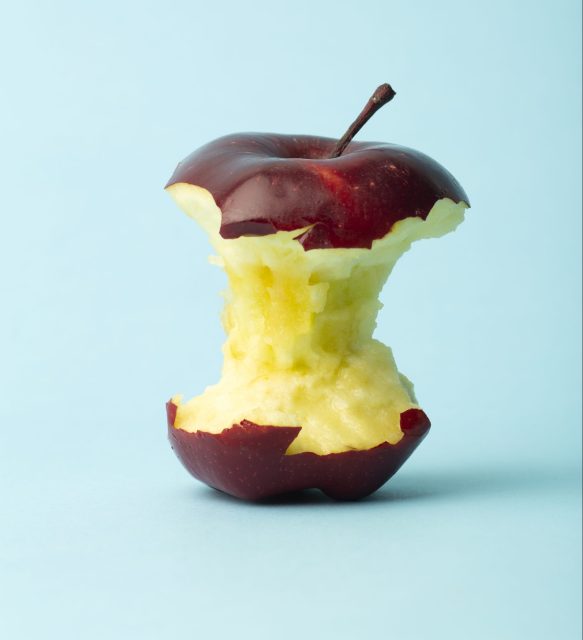This website uses cookies so that we can provide you with the best user experience possible. Cookie information is stored in your browser and performs functions such as recognising you when you return to our website and helping our team to understand which sections of the website you find most interesting and useful.
Crunch time for premium drinks companies in America
The global drinks giants are facing several anxious months in the vital North American market as inflation continues to impinge on spending.

Major players in the global drinks industry are acutely aware that the next few months could be bumpy in the biggest and most profitable market for premium beverage alcohol.
Chief executives have lined up to issue a string of cautious statements warning that the growth of sales in the US is slowing as they push through price rises to protect their margins in the face of some consumer retrenchment.
Last week Australia’s Treasury Wine Estates said that despite being well positioned to deliver growth in the year to June 2024, luxury wine sales growth is expected to be modest in its highest revenue-generating segment, Treasury Americas, before picking up from 2025.
Beam Suntory last week also echoed its competitors, which have also suffered volume or sales declines in the US recently.
Suntory said its results were flat in North America versus the first half of last year as it contends with a “slowdown in consumer demand”.
In spring Rémy Cointreau warned that its comparative sales would “strongly decline” in the six months to the end of September due to a sharp fall in demand in the US but would then rebound strongly.
While LVMH reported an “excellent” first half to this year, its Moët Hennessy division suffered a 9% fall in profit from recurring operations with Hennessy Cognac “impacted by the economic environment in the United States.”
Diageo’s annual North American organic net sales were flat as growth in Canada and in its Diageo Beer Company USA were offset by US spirits net sales falling by 1%.
So the “reset” to more normal consumption patterns following Covid is taking place against a background of unwanted inflation hitting the consumer.
The dawn of the ‘Richcession’
But what is of greater concern is that as the spirits producers especially continue their relentless drive to draw consumers up the aspiration curve through premiumisation, it is the higher earners in the US who are suffering most from inflation outstripping pay.
It is a phenomenon branded “Richcession” by The Wall Street Journal and it is hitting hard those six-figure earners who are at the higher end of America’s pay scales.
Those Americans earning more than US$100,000 per year were the most likely to survive the mass layoffs early in the pandemic and when activity resumed they were the most likely to be able to work remotely.
They also enjoy higher security of income and were among the main drivers of the cocktails at home boom that drove the heady organic growth rates for the spirits producers, especially at the expense of beer and wine.
According to a recent Gallup poll, Americans are drinking more spirits than wine.
Today, however, it is those in the higher income groups and who have driven the change who are most vulnerable to job losses and slow growth of pay rates.
Analysis by Bank of America shows “that younger workers in relatively better paid jobs may be experiencing the biggest moderation in labour market conditions and that the biggest slowdown in job-to-job pay growth appears at the higher end of the income distribution”.
The big question is whether they will continue to spend on premium spirits.
Just as concerning is that China’s market is under similar pressures.
There were high hopes that as Covid restrictions were finally lifted at the end of last year, 2023 would see a boom in Chinese demand for Western premium spirits.
Rémy, for instance, predicted that its global sales would remain stable this year, with a strong recovery in China balancing out weak first-half sales in the US.
But Chinese New Year in February was not as buoyant as had been hoped and now China’s economy is stagnating.
The migration into cities which has generated much aspirational growth has slowed to a trickle and youth unemployment in the world’s second largest economy has repeatedly hit record highs, so much so that an embarrassed Beijing has suspended the release of monthly data on the subject.
China vies with India as Pernod Ricard’s second largest market after the US, so when the French group issues its full-year results next week, analysts will scrutinise them for clues to the latest trends on both sides of the Pacific.

